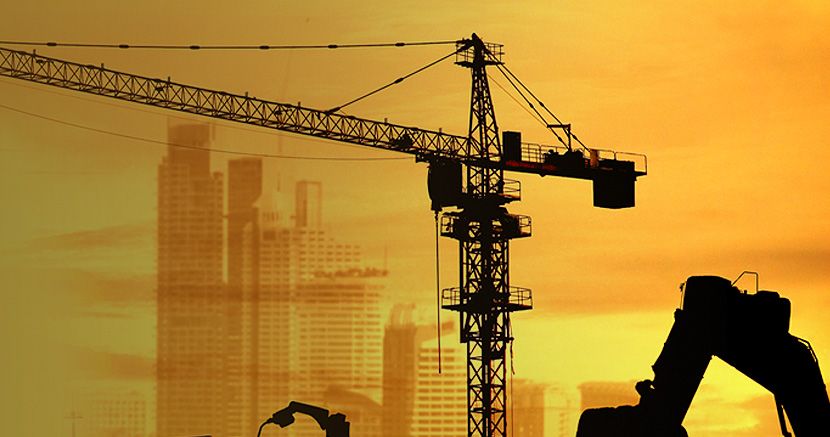Implementing the Building Safety Act 2022

The Building Safety Act 2022 (BSA) sets out safety requirements for those who own and manage higher-risk buildings. Some of the main provisions of the BSA came into force on 1 April this year.
Our Head of HSQE at Cornerstone, Lindsey Roberts, provides an overview of the BSA and gives us insight into what Cornerstone is doing to help duty holders discharge their obligations.
What is the Building Safety Act?
An Independent Review of Building Regulations and Fire Safety post-Grenfell fire revealed that the existing framework of legislation was insufficient and disjointed. Consequently, there needed to be more accountability. The BSA received Royal Assent in April 2022, which applied to buildings at least 18 m or seven storeys high or with two or more residential units, including those with mixed-use. It addresses the risks associated with building design, construction and management.
What is Cornerstone doing about the Act?
The safety and standards of how we place our infrastructure on buildings are paramount; being aware of how equipment installations interface with building safety measures and being able to assure site providers is essential.
At Cornerstone, we have taken a proactive approach to implementing the BSA into our work practices. We have set up a BSA working group to work through what is needed and how we manage the new requirements.
Considering what the new BSA demands, we focus on providing information that will form part of the Golden Thread of Information. The Golden Thread of Information in the BSA is about managing the relevant data regarding design and build, which is required for understanding a building’s safety. It also includes how the information should be digitally available to all appropriate parties to communicate and access when needed. The working group will examine how Cornerstone assesses its equipment and how best to inform others of relevant safety controls.
We want to assure our landlords that we are working to the standards required for them to comply with the BSA.
How does the Act impact Cornerstone?
The BSA states clear responsibilities and accountabilities for those involved in the design, build and maintenance of buildings. To enable digital connectivity across regions, we deploy our infrastructure on buildings, e.g., rooftops. In some circumstances where Cornerstone has a repairing obligation, it could be an Accountable Person under the BSA for that area, working with other Accountable Persons responsible for different parts of the building. The equipment installed has to be considered as part of the overall risk profile of the building. Cornerstone will support those with statutory responsibilities under the BSA to understand any impact of its equipment and how to manage any related safety risks. Cornerstone is part of the process leading to the production of a Safety Case Report, which the Principal Accountable Person will need to submit to the Building Safety Regulator to demonstrate how they manage structural and fire safety risks in their building.
Are there any other roles and responsibilities introduced within the Act?
The Building Safety Regulator is a new body overseeing building safety. It will be responsible for implementing the new regulatory regime and have the relevant powers to enforce the BSA. These include being able to stop construction, prohibit occupation, request for the implementation of additional safety measures and ultimately prosecute for non-compliance.
How can we work together as an industry to implement the Act effectively?
Relevant organisations and individuals must become familiar with the BSA requirements. There are resources available that guide how to implement the Act.
Here are some useful links: